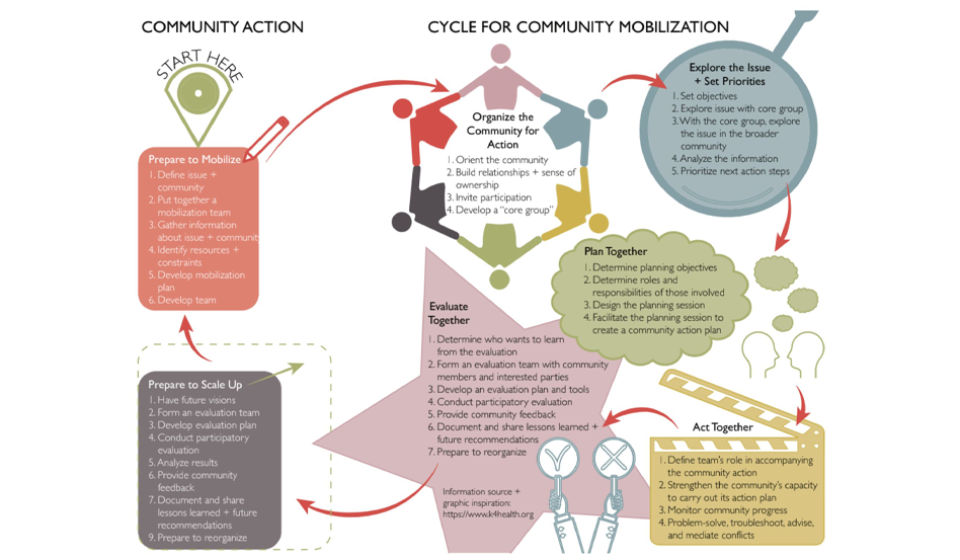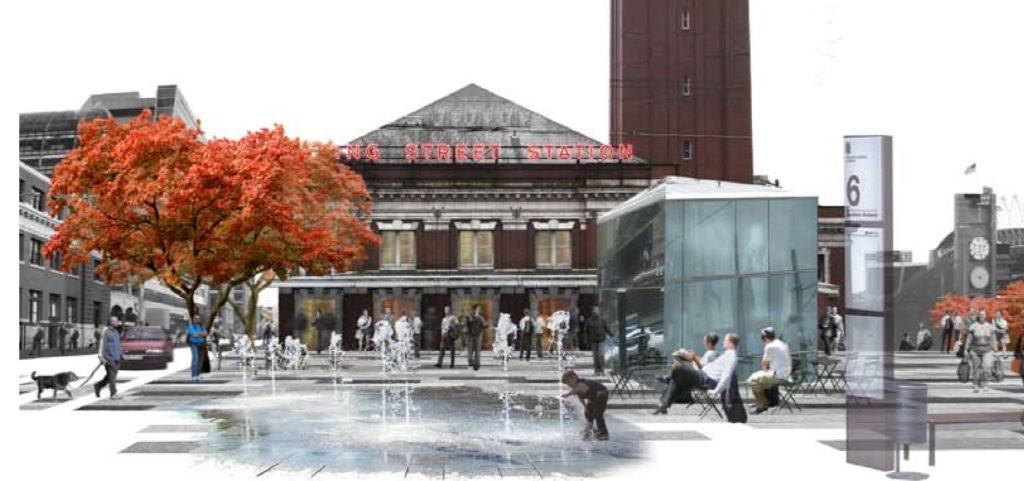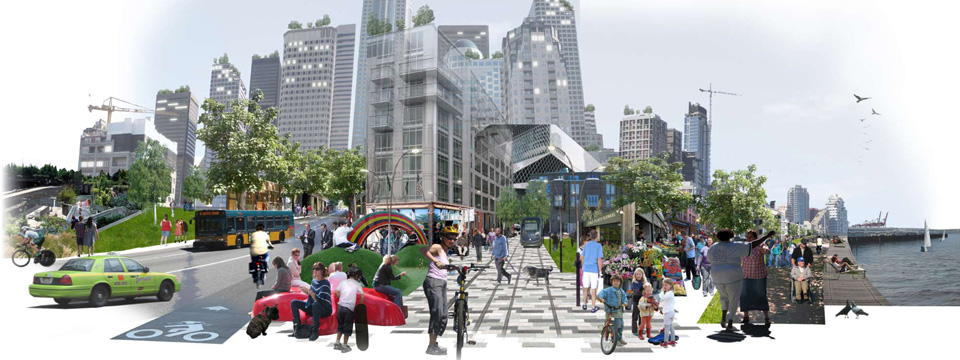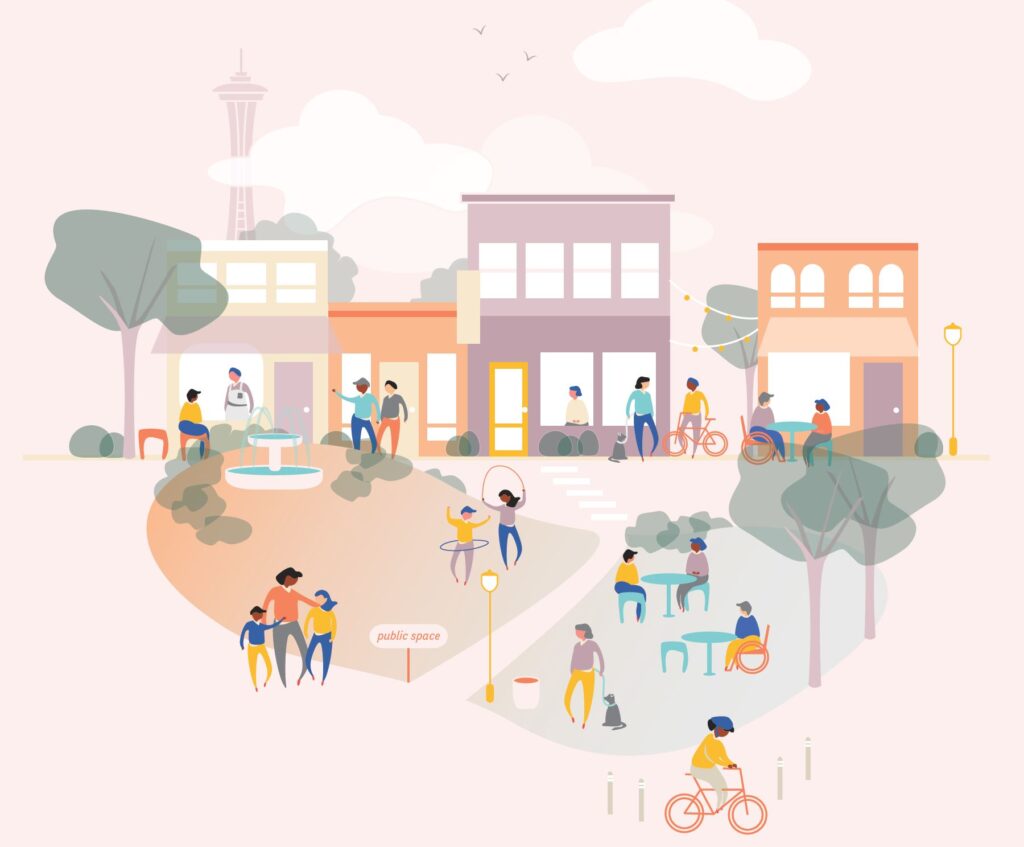November 19, 2019
Equitable Public Space: Environmental Justice through Policy and Design
As environmental economic and health disparities continue to widen in cities and urbanizing areas, planners and designers are challenged with unpacking the relationships between policies, planning, design, and needed social and environmental equity. Public space equity – a concerted effort to invest in public places and processes in neglected neighborhoods and communities – is an effective and cost-efficient way to correct for and reverse environmental injustices. Yet, how can the advantages that nature and green space offer, and the invaluable public space benefits that play, movement and gathering provide, be fairly distributed and tailored to the specific needs and desires of a community, while also ensuring that people who most need these benefits are able to “stay in place” to experience them?
Adam Carreau and Margot Chalmers have probed this question, identifying and illustrating the documented benefits of public space and access to nature, and exploring the potential pitfalls of implementing policies, plans and places without leadership from the communities being impacted. In this document the pair presents considered perspectives on social equity in the dynamic urban context; potentials and case studies of tensions between efforts to uplift neighborhoods and unintended resulting displacement; processes for community participation, empowerment and stabilization; and tools and case study lessons that planners, designers and citizen activists can employ to equitably promote community health, prosperity and well-being.
Partners + Funders










